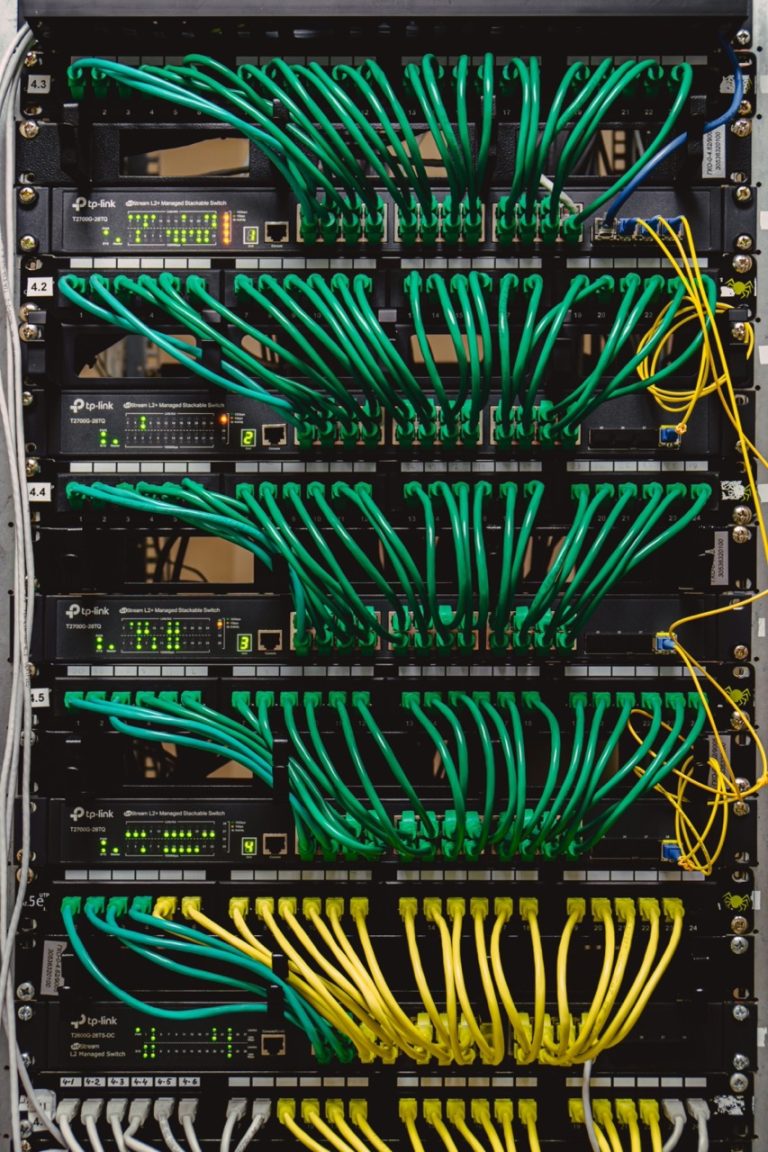
1. Introduction to Intelligent Pricing
Pricing no longer happens on the fly these days in this age of digital platforms and aggregator apps — commission optimization, dynamic splits, aggregator AI, and Commission AI now inform every decision. Celadonsoft, an AI company that builds solutions, discovers that smart pricing is more than a formula. It’s a high-tech mechanism—algorithms and data analytics coming together to determine best prices and commissions in real time, adapting real-time to actions for movement in the marketplace.

1.1 What is intelligent pricing?
In a nutshell: computer-computed prices based on anything from demand and supply to seasonality, user behavior, and competition. The most significant difference from conventional pricing systems is quick, standalone, and dynamic decision-making based on actual data.
Smart pricing typically encompasses several of the following key features:
- Real-time analytics — monitoring and analyzing market conditions, user demand, and competitor activity;
- Algorithmic calculations — machine learning models predicting best prices and commissions;
- User feedback loop — dynamic price parameters as a function of user activity change.
1.2 The role of AI in aggregator pricing
For aggregator applications, smart pricing is not just a way of making more profits—it’s a strategic tool by which companies can:
- Respond faster to fluctuating market conditions;
- Minimize the role of man and potential for human error;
- Generate greater customer loyalty with transparent, truthful commissions;
- Create user behavior pattern-based, personalized promotions.
Example: Main benefits of AI in dynamic pricing
| Benefit | Description | Business impact |
| Decision-making speed | Immediate calculation based on current information | Lets you react immediately to trends and lead the pack |
| Flexibility and adaptability | Models learn to fit various market segments/conditions | Improves user experience and retention |
| Streamlines repetitive work | Eliminates manual data analysis and price checks | Redirects resources and saves costs |
| Analytics and prediction | Predicts demand and responds | Maximizes profit and minimizes business risk |
The Celadonsoft story demonstrates: using AI models for pricing enables aggregators to not just react to markets—but outrun them. It is the force of intelligent pricing: transforming streams of boundless data into a growth machine and competitive advantage.
2. Key AI Models for Dynamic Pricing
In apps aggregators, where decision-making in real time is the heart of profitability and competitiveness, AI models are the real mover towards commission optimization. In client project experience, Celadonsoft refers to two general approaches to dynamic pricing: algorithmic pricing and machine learning.
- Algorithmic pricing entails collections of pre-defined rules and equations which, based on real-time parameters (e.g., demand, supply, or time of day), determine the optimal commission rate. It is best suited where business processes are tightly managed and market responses must be predictable and immediate.
- By comparison, machine learning provides a more dynamic, flexible approach to setting commissions, one grounded in past data and trends in user activity. Such models work on enormous datasets, reveal hidden relationships, and adjust to new circumstances in real time.
It’s optimal to combine both models. Algorithms offer structure, and intelligent adaptation offers the capacity for rapid response to surprise—a spike in local demand or sudden decline in demand, say.
3. Data Analysis and Predictive Models
Dynamic pricing is feasible only if it’s atop a strong, diverse data platform—without which AI is toothless. In Celadonsoft, the process is modeled in three important steps: data collection, data processing, and data analysis.
- Data collection:
Aggregators rely on massive repositories of user data:- Timestamps and geolocation of orders
- Repeat interactions and repeat purchases
- External factors—holidays, weather, even social events.
- It’s comprehensive: it not only collects data in-app, but also from open sources—partner APIs, open databases, news feeds—providing a holistic picture of user and market behavior.
- Data cleaning and processing:
Data is cleaned prior to reaching the model: noise, input errors, and outliers are filtered out. Normalization and aggregation steps ensure clean, consistent data only reaches the AI pipeline. - Price change prediction methods:
Lastly, different types of models are used:- Regression techniques to estimate each factor’s impact on commission,
- Time series, for trends and seasonality,
- Deep learning, which learns complicated nonlinear relationships,
- Reinforcement learning, where models learn from their own errors to optimize pricing strategy.
Every approach has advantages and disadvantages, so Celadonsoft engineers choose the optimal tech stack for every client situation.
By combining deep user and market insights with advanced AI forecasting, aggregator apps deliver the sensation of “living” fares—commissions don’t just switch on time but evolve in harmony with market dynamics, competitor moves, and user needs. The approach unlocks whole new dimensions of revenue growth and client loyalty in a never-sleeping digital economy.
4. Real-Time Commission Optimization
4.1 How AI dynamically modifies commissions based on market forces
In highly competitive and dynamic markets, rigid pricing models simply can’t keep up. Celadonsoft has experienced it firsthand: dynamic pricing, driven by aggregator AI and sophisticated dynamic splits, enables aggregators to stay competitive while generating maximum revenue and user satisfaction through continuous commission optimization.
AI systems in real time factor in an interdependent array of variables:
- Current demand and supply
- User behavior (e.g., ordering history and price elasticity)
- Competitor activity
- Seasonal and temporal trends.
Using these inputs, the model can vary commission fees—staving off sudden increases that chase risk-taking men or drivers away. For example, if the platform gets flooded suddenly, AI can lower commissions to get more traffic and reduce wait times; in quiet periods, the system can increase commissions to cross-subsidize expenses.
Important characteristics of AI-based commission modification:
- Aggregation and maintaining watchfulness—the platform doesn’t just respond but foresight too, monitoring the most recent trends and anomalies in a rolling window.
- Adapting through feedback—models change themselves automatically, keeping in mind how past change has affected them.
- Blending transparency with complexity—AI is engineered such that clients are at least made aware of the basics behind commission adaptation, but the platform does have respect for flexibility and subtlety of adjustment.
4.2 How competition influences dynamic commissions
Aggregator markets are IT’s most volatile and challenging. In these spaces, dynamic pricing is not an option—it’s a matter of survival.
Three primary methods in which competition will affect AI commissions are outlined by Celadonsoft:
- Defiance of competitor actions. AI models will monitor competitor commission levels automatically and suggest modifications to maintain user retention and protect market share.
- Differentiation on an individualized level. Machine learning creates user personas that allow for commissions to be customized—this is one of the main motivators in the buying of target populations.
- Regulatory optimization of market regulation. AI will have to function under regulatory and ethical leashes, discovering the most perspicacious means to optimize profits without doing too much.
But greater competition also engenders greater risks: draconian price cutting may lead to price wars and losses; large price hikes may drive away customers and harm reputation; that is where intelligent models come in, balancing profit in the short term with business sustainability in the long term.
So, dynamic pricing with AI isn’t just some number-crunching formula—this is an adaptive, multi-level process that dynamically adjusts on the basis of market and user movement. Celadonsoft recommends aggregators incorporate such models into their infrastructure so they stay flexible and ahead.
5. Ethical and Legal Issues of Intelligent Pricing
The move to intelligent pricing is more than creating technical potentiality—a careful sense of ethical and legal boundaries is needed. This holds especially for aggregators, whose business model demands working with millions of users and partners.
5.1 Law of dynamic pricing
International regulations in law keep changing so rapidly, and real-time AI-based pricing applications become increasingly hard to achieve. The following are the major concerns:
- Transparency. Regulators are increasingly requesting that aggregators provide open transparency for the calculation of prices and commissions. Customers ought to grasp why their commission has been adjusted lately.
- No discrimination. The models cannot leave some users or regions disadvantaged.
- Data protection. GDPR, CCPA, and all the compliance that goes into working with user data while charging is crucial.
Not complying with these provisions can result in massive fines and loss of customer trust. Celadonsoft strongly advises legal review in every phase of AI model building.
5.2 The ethics of AI use
Society is becoming increasingly concerned about the impact of dynamic commissions. For example:
- “Surges” in expense created through auto-escalating commissions in peak times have the potential to redistribute revenue unfairly.
- Autonomous algorithms sometimes perpetuate entrenched bias, doing harm to under-pressure user segments.
- Removing people from rate decisions can be detrimental to the public reputation of the aggregator.
Celadonsoft determines three significant ethical principles to avoid conflict between obligation and performance:
- Model explainability. Collaborators and users must be able to receive a transparent explanation of why a commission has changed.
- Human oversight. Algorithmic decisions must be open to override by human decision in case of disagreement.
- Social justice. Models should be screened constantly for bias and adjusted in response thereto.
6. Intelligent Pricing’s Future in Aggregators
6.1 Next Few Years’ Trends and Predictions
We already observe some significant lines of development rewriting the marketplace:
- Hyper-personalized pricing. Leveraging advanced analysis of user behavior to tailor commissions for maximum relevance.
- IoT and smart device integration. Sensor and external system data-driven price—enabling real-time reaction to market signals.
- The emergence of ethical AI. Embedding ethics and transparency criteria will add requirements, impacting aggregators’ good names.
6.2 The impact of new tech and innovation on the market
In Celadonsoft, we know that the future of intelligent pricing is a union of technology, ethics, and an unparalleled knowledge of user experience. At the forefront of these advances is Commission AI — platforms dedicated to end-to-end commission optimization that weave together dynamic splits and aggregator AI components for unmatched transparency.
Machine learning algorithms used today have already surpassed conventional pricing methods:
- Flexibility and robustness. The inclusion of self-adjusting and auto-correct features bolsters immunity to market shocks.
- Blockchain transparency. Distributed ledger technology keeps track of changes in commissions and terms of a transaction in an immutable state, fostering user trust.
- Generative models. AI not only forecasts prices—it suggests optimization scenarios and alternative commission structuring strategies.
In Celadonsoft, we know that the future of intelligent pricing is a union of technology, ethics, and an unparalleled knowledge of user experience.

7. Conclusion
7.1 Key takeaways
Exploring intelligent pricing in aggregator apps, we’ve arrived at several insights every IT pro in dynamic pricing systems will value:
- AI isn’t just an automation tool; it’s a strategic asset. Smart models upend pricing orthodoxy, turning routine into an adaptive, learning process that can react to the tiniest market fluctuations.
- Good data is the key to success. There is no possibility of every model succeeding without thorough analysis and good data gathering. Those aggregators that concentrate on user and market flow data gain unmatched benefits.
- Flexibility in the system assures success. Having a rigid price in a shifting environment is out-competed by adaptable, machine-learning-based methods.
- Legal and ethical conduct is essential. Any model which disregards legal or ethical considerations risks not only reputation, but business viability.
7.2 Intelligent pricing: future directions
The future? Celadonsoft sees expansion on a variety of fundamental lines—these will propel the market and bring aggregators equal to the core:
- Multimodal data fusion. Applications will rely not just on numbers, but on images, words, even sound, to enhance analytical understanding and sharpen predictive precision.
- Ubiquitous learning in natural real-time. Models that shift and migrate in real-time without full retraining will be the norm—market reaction will be laser-precise and lightning-speed.
- More personalization. Precision measurements will take the place of dynamic pricing—each user will view commissions tailored to their behavior, profile, and requirements.
- Agent-based systems. Intelligent agents will manage making decisions by initiating, terminating, or adjusting pricing policies in real-time, no human intervention required.
- Transparency and explainability. Growing demands from regulators and users will create a market for models that can explain every price move—building trust and avoiding disputes.
Celadonsoft will keep investing in research and building AI that boosts dynamic pricing’s efficiency—without crossing ethical or legal lines. We’re convinced: those who balance innovation, user experience, and responsibility will lead the future.
To sum up: intelligent pricing is becoming an integral part of new business ecosystems. Those who harness it now will control revenue flows tomorrow, staying fresh and agile in the fast-changing digital world. Celadonsoft invites partners to open dialogue and collaboration—together, we’ll drive innovations that transform aggregator services running billions of transactions per second.


